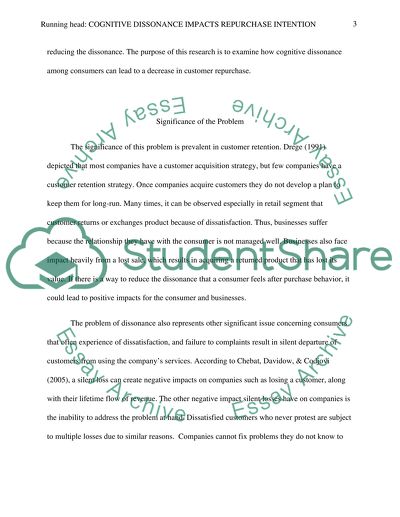Cite this document
(“Cognitive Dissonance Impacts Repurchase Intention Research Paper”, n.d.)
Cognitive Dissonance Impacts Repurchase Intention Research Paper. Retrieved from https://studentshare.org/marketing/1443597-cognitive-dissonance-impacts-repurchase-intention
Cognitive Dissonance Impacts Repurchase Intention Research Paper. Retrieved from https://studentshare.org/marketing/1443597-cognitive-dissonance-impacts-repurchase-intention
(Cognitive Dissonance Impacts Repurchase Intention Research Paper)
Cognitive Dissonance Impacts Repurchase Intention Research Paper. https://studentshare.org/marketing/1443597-cognitive-dissonance-impacts-repurchase-intention.
Cognitive Dissonance Impacts Repurchase Intention Research Paper. https://studentshare.org/marketing/1443597-cognitive-dissonance-impacts-repurchase-intention.
“Cognitive Dissonance Impacts Repurchase Intention Research Paper”, n.d. https://studentshare.org/marketing/1443597-cognitive-dissonance-impacts-repurchase-intention.


